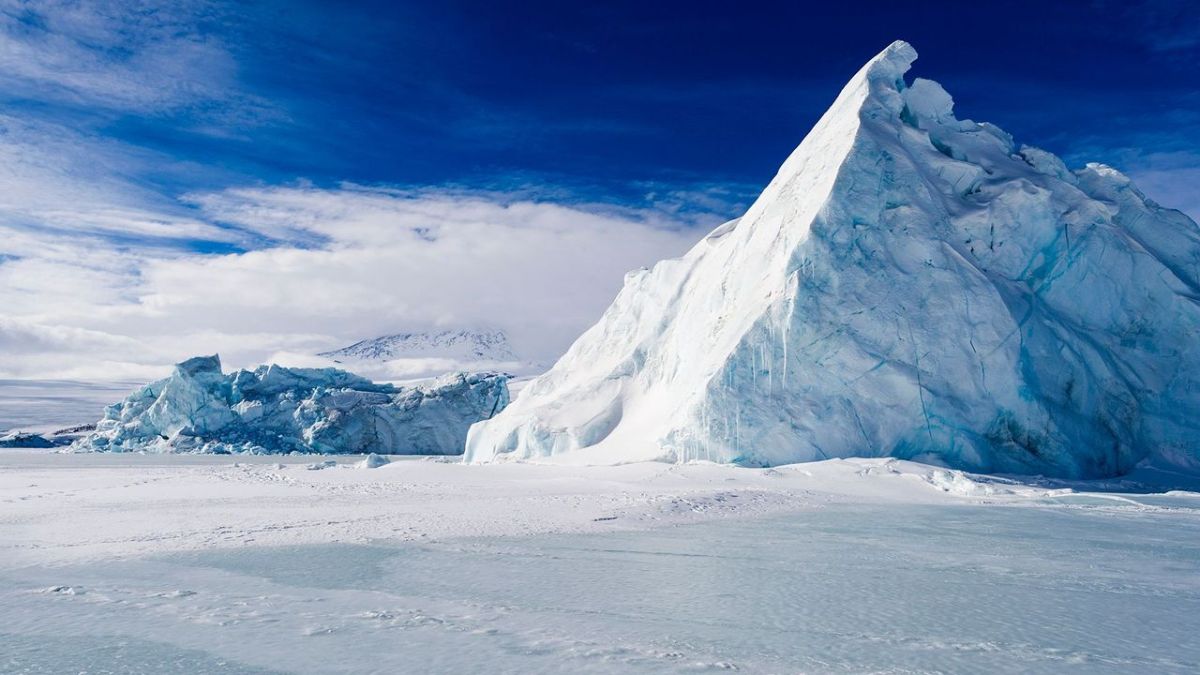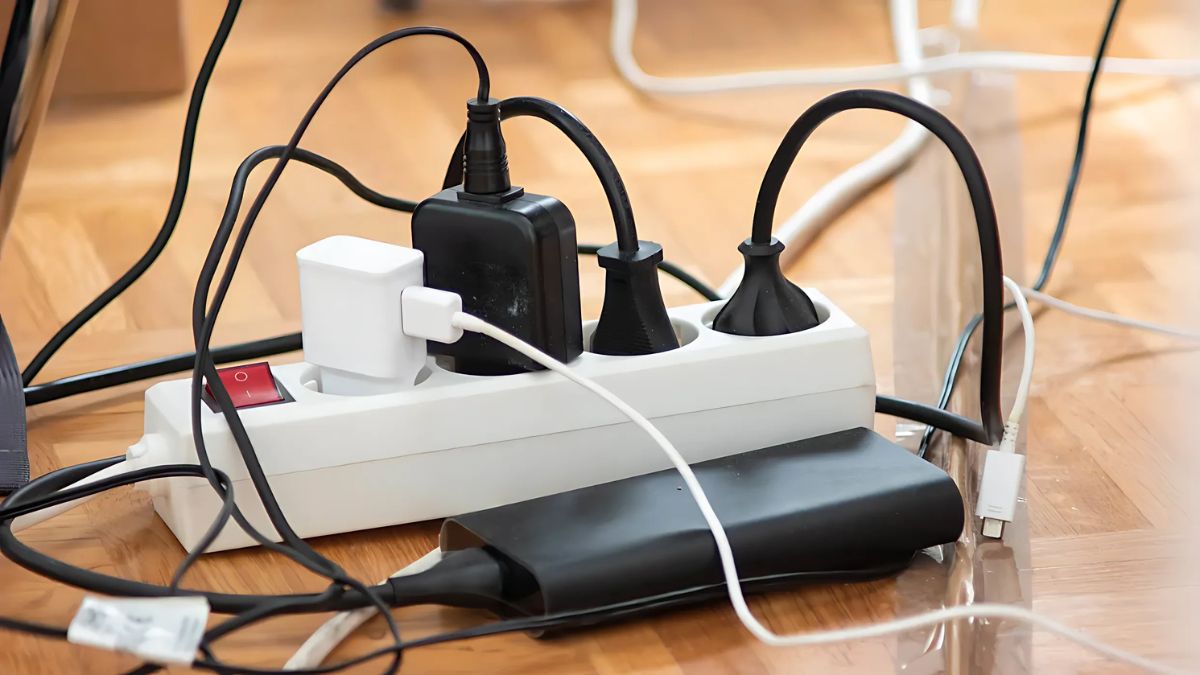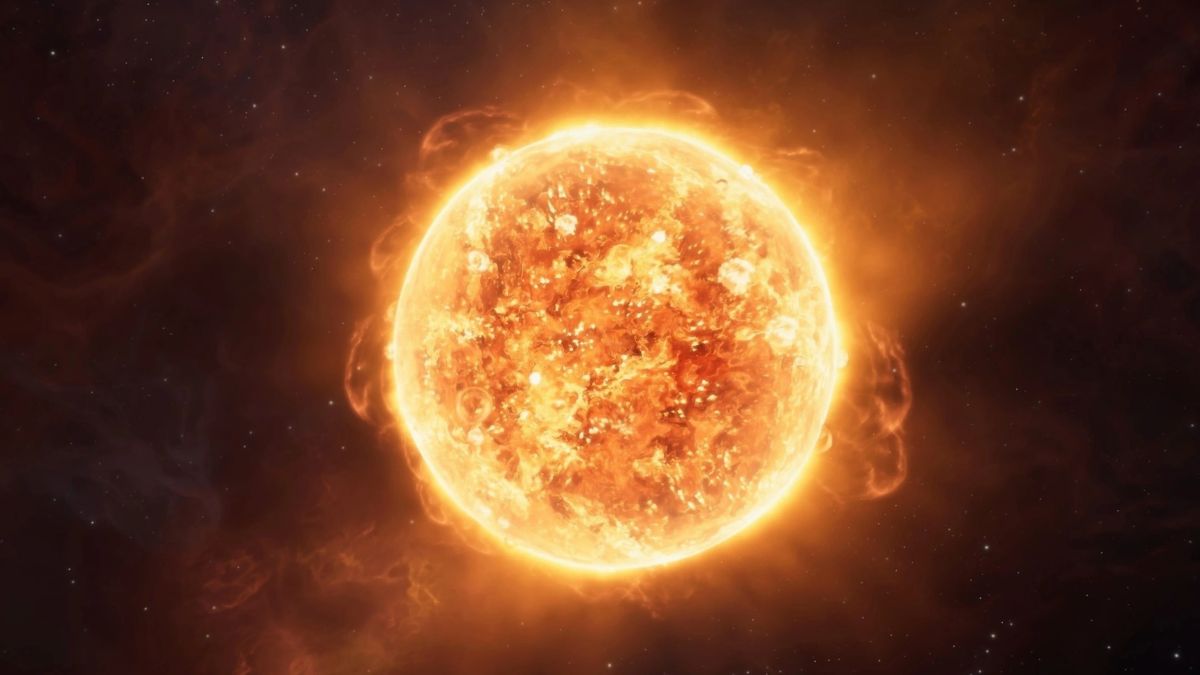Hidden three kilometers beneath East Antarctica’s ice sheet is something no one expected—a massive, ancient river landscape. Not a fossil, not volcanic activity, and certainly not signs of a lost civilization. Instead, it’s a preserved terrain so intact, it’s silently playing a crucial role in our climate system: delaying ice melt and sea level rise.
This remarkable discovery was made by scientists from the British Antarctic Survey. They weren’t looking for anything groundbreaking—just flying a routine radar mission. But what they found turned into one of the most surprising geological revelations of recent years.
Discovery
The hidden river system stretches about 3,500 kilometers, making it as long as some of the world’s greatest rivers. Back when Antarctica was connected to Australia and much warmer, rivers flowed here like they did anywhere else. But once the continent froze over more than 30 million years ago, thick ice buried everything.
Amazingly, instead of destroying the land beneath, the ice preserved it. No rain, no erosion, no winds. It’s like the Earth’s natural freezer locked it in time. And now, this frozen terrain is influencing the present by slowing how fast the ice moves above it.
Impact
So why should we care? Because if East Antarctica melts, the planet isn’t just looking at a small sea level bump. We’re talking over 50 meters of global sea level rise. That’s enough to redraw coastlines, flood major cities, and displace millions.
Read Also- Ford Recall 2025 – 300,000 SUVs Pulled Over Critical Seat Flaw That Puts Driver Safety at Risk
But this buried riverbed is acting like nature’s brake. It’s rugged and uneven, creating friction under the glaciers. That slows down the movement of the ice and delays its slide into the ocean. In short, it’s buying us more time.
Terrain
Think of a valley carved by rivers—complete with hills, channels, and ridges. That’s what’s beneath the ice. Only now, there’s no water flowing. The terrain is completely frozen but perfectly preserved. And that roughness is exactly what’s helping to slow down the movement of glaciers today.
Unlike most landscapes on Earth that are constantly changing, this one is frozen in time. Because it hasn’t been exposed to weather or erosion, it’s remained untouched—and that untouched surface is what makes it so effective at holding back the ice above.
Radar
So how did scientists even find this under kilometers of ice? With radar mounted on a Twin Otter plane. This tech sends signals deep into the ice sheet and listens for echoes bouncing back. It’s like giving Earth an ultrasound—without drilling a single hole.
And what those echoes revealed wasn’t just some jagged mountains or cracks. It was a fully preserved ancient river system—still shaping the way the ice behaves today.
Urgency
This changes everything about how we study Antarctica. Until now, most of the focus has been on what’s happening above the ice—how fast it’s melting, where it’s cracking. But now, scientists realize they need to pay just as much attention to what’s happening beneath.
Because if this natural braking system disappears—either from warming or shifting ice patterns—glaciers could start flowing much faster. And that could lead to catastrophic rises in sea levels much sooner than expected.
This buried river system is a silent protector. Like a forgotten character in a story, it’s been playing its part all along—holding back disaster without making a sound. And now, it might just be our last warning to act before the brake gives out.
FAQs
How was the ancient river discovered?
Researchers used radar on a plane to detect it under the ice.
How old is the buried river system?
It’s over 30 million years old, preserved since Antarctica froze.
Why does this discovery matter?
It slows glacier movement, helping delay sea level rise.
Could East Antarctica really raise sea levels?
Yes, it holds enough ice to raise them by 50 meters.
Is the river still flowing today?
No, it’s frozen solid but still impacts ice movement.



















